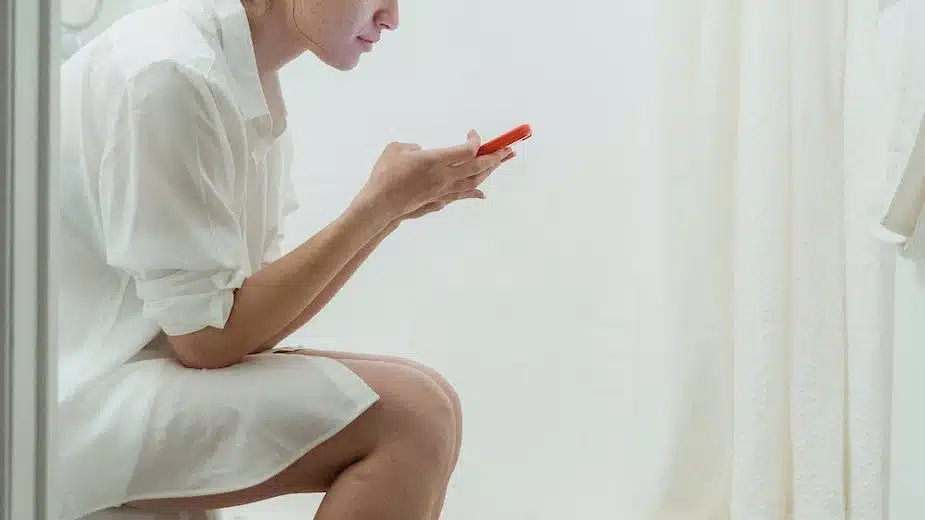Struggling with leaks and accidents? You’re not alone. Urinary incontinence affects millions, yet myths and misunderstandings still surround this common condition.
In this definitive guide, we’ll peel back the layers and explore the different types of urinary incontinence. You’ll uncover what triggers those sudden urges and leaks, innovative treatments that offer hope, and simple lifestyle tweaks that can help restore control.
So whether you’re a newly diagnosed patient or supporting a loved one, use this resource to finally understand the specifics behind your unique case. Let’s start by busting some key myths and shedding light on what urinary incontinence is – and what it isn’t.
What is Urinary Incontinence?
Urinary incontinence refers to any involuntary loss of bladder control. Symptoms can range from dribbling urine when you sneeze or cough to a sudden, uncontrollable need to urinate. Frequent daytime and nighttime accidents may also occur.
While urinary incontinence becomes more common with age, it’s not an inevitable part of aging. It’s also not a disease itself but rather a symptom of an underlying medical condition. Certain medications, infections, neurological disorders, pregnancy, childbirth, and prostate issues can trigger incontinence. But often the exact cause remains unknown.
Myth Buster: UI is NOT Just a Women’s Issue
Many falsely assume urinary incontinence primarily affects older women. While statistics do show higher rates among females, men aren’t immune. Stress incontinence after prostate surgery is particularly common.
Bottom line – Urinary incontinence can impact both genders at any age.
The Six Main Types of Urinary Incontinence
Now that we’ve covered some basics, let’s unpack the specifics. There are six primary types of urinary incontinence as identified by the American Urological Association (AUA) and other leading medical organizations. They are:
- Stress Incontinence
- Urge Incontinence
- Mixed Incontinence
- Overflow Incontinence
- Functional Incontinence
- Reflex Incontinence
Stress Incontinence Causes
If urine leaks out during physical activities like exercising, sneezing, laughing or lifting heavy items, you likely have stress incontinence. It’s the most common form among younger women.
So what causes stress incontinence? It stems from weakened pelvic floor muscles that support the bladder and urethra. Pregnancy, childbirth, and menopause can overstretch these muscles, damaging nerves in the process. Problems fully closing the urinary sphincter can also lead to leaks.
Treatment focuses on strengthening pelvic muscles through Kegel exercises. Devices like incontinence pessaries and transvaginal slings provide additional support.
Urge Incontinence Explained
Imagine feeling a sudden, intense urge to pee even when your bladder isn’t full. That’s urge incontinence in a nutshell.
Involuntary bladder contractions are the root cause of this frustrating condition. Your brain tells your bladder it’s time to empty, triggering accidents.
If no underlying cause like a bladder infection exists, it’s called overactive bladder (OAB). Potential triggers include aging, menopause, diabetes, stroke, Parkinson’s and MS. Cutting out bladder irritants like alcohol, caffeine, carbonation and artificial sweeteners may help.
Mixed Incontinence Complications
When features of both stress and urge UI are present, it’s known as mixed incontinence. This combo is more complex to diagnose and treat effectively.
Stress incontinence remedies like Kegels can worsen urge symptoms. And urge treatments like bladder relaxants may increase stress leaking. Combination therapy is often needed to address each aspect.
Overflow Incontinence Explained
This type of urinary incontinence involves frequent leaking from a bladder that never fully empties. The end result? Urinary retention and accidents.
Causes include bladder stones, tumors or something blocking urine flow like an enlarged prostate gland. Nerve damage from diabetes or medications slowing urine production can also contribute.
If overflow incontinence stems from a mechanical blockage, surgery may be recommended. Some cases resolve by addressing underlying conditions or adjusting problematic medications.
Functional Incontinence Triggers
With functional incontinence, the urinary system works properly but medical conditions prevent making it to the toilet in time.
Arthritis, dementia, poor eyesight, psychiatric disorders, confinement to a wheelchair or hospital bed, or medications causing confusion or sedation increase accidents. Providing padded paths to the bathroom or urinary assistance devices aids those with functional UI.
Reflex Incontinence After Neurological Injury
This final type refers to sudden urine leakage without warning. It happens because nerves that signal a full bladder have been damaged.
Reflex incontinence usually follows severe neurological trauma like a spinal cord injury. But a history of prostate or pelvic surgery can also impair these key nerves and cause leaks.
Treatments target the underlying neurological cause, but some permanent bladder nerve damage may be irreversible.
Innovative Incontinence Treatment Options
Now that you understand why you leak and which type you have, let’s explore some promising treatment options.
Beyond Kegel exercises, today’s innovations include:
- Percutaneous tibial nerve stimulation (PTNS) – mild electrical pulses block signals causing OAB
- Botox injections relax spastic bladder muscles
- Interstim therapy changes sacral nerve signals
- Stem cell injections may regrow sphincter muscles
- Magnetic stimulation strengthens pelvic floor after childbirth
- External catheters and urine collection devices handle leaks
For severe cases, surgeries like bladder slings, implants or urinary diversions may be recommended. Which option is right for you depends on your specific symptoms and severity.
Positive Lifestyle Changes & Coping Tips
While treatment is crucial, simple self-care tweaks make a big difference too. Here are practical tips to reduce episodes:
- Attempt pelvic floor muscle contractions before high impact activities
- Follow a schedule to empty bladder every 2-3 hours
- Limit bladder irritants like caffeine, alcohol and acidic foods
- Stay hydrated but sip fluids instead of guzzling
- Maintain a healthy weight to limit extra pressure
- Practice yoga stretches that improve core strength
Strategize your surroundings too. Know the location of bathrooms in public spaces. Carry an extra change of clothes when out. Use waterproof mattress covers for better sleep quality.
Finally, don’t underestimate the power of stress management. Embarrassment and anxiety over accidents can create a vicious cycle. Relaxation techniques like meditation help take control over the mind-bladder connection.
The Future is Bright - You've Got This!
Urinary incontinence is frustrating, no doubt. But knowledge is power. Identify your type, find the right specialist and explore treatments specific to your situation. This practical roadmap equips you to advocate for your health.
Now that types of urinary incontinence hold no secrets, take back control once and for all!



